How to Improve Your Landings
Pilot Institute
JULY 12, 2024
Even the best of pilots can mess up sometimes. But for new pilots, it can be tough to figure out where it all went wrong. Learn to use aircraft references to establish a stable descent rate and pitch, ending up in a smooth roundout and flare. 60 x 5 = 300 feet per minute is your recommended descent rate.




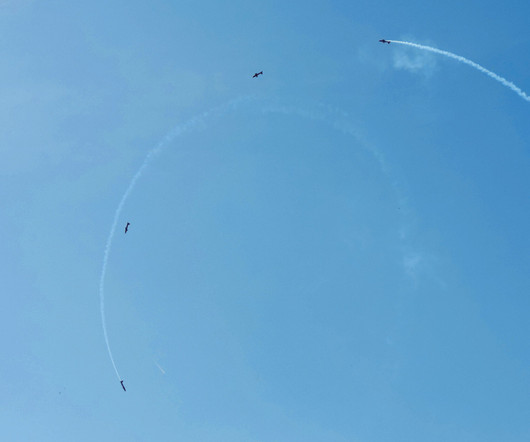

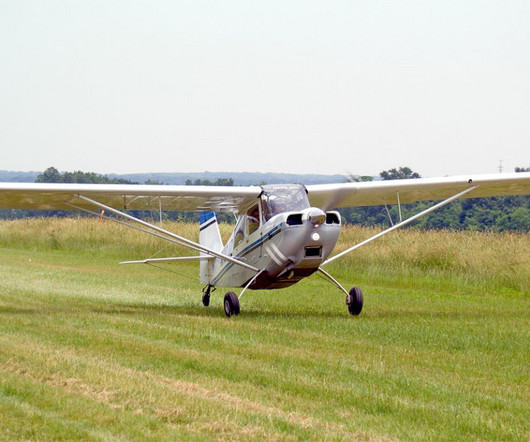

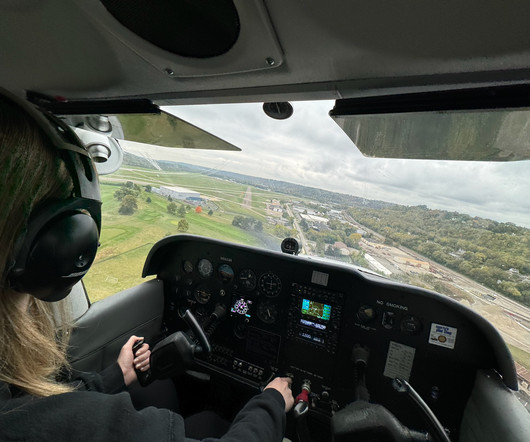
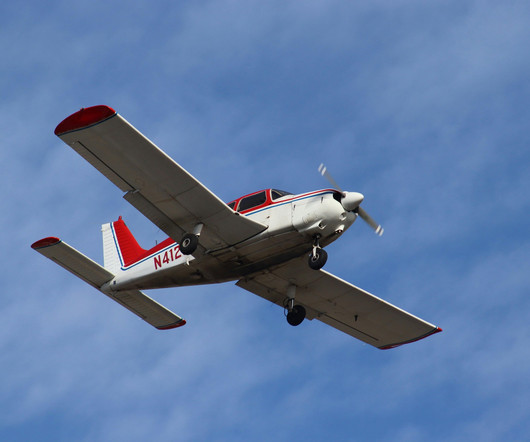


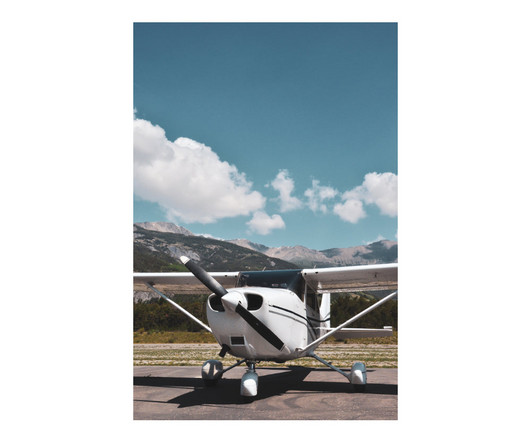
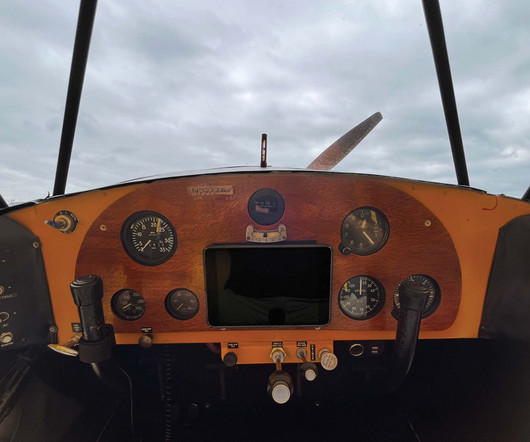
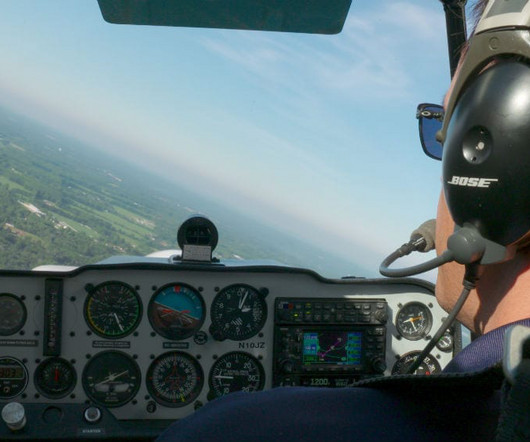

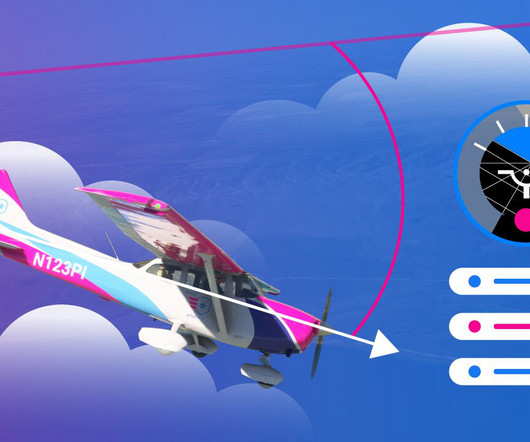

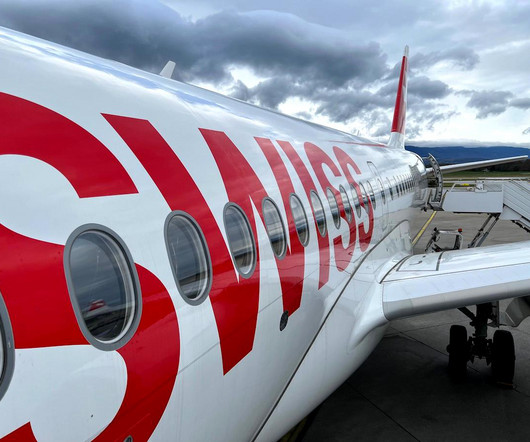








Let's personalize your content